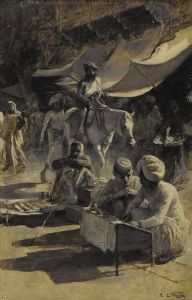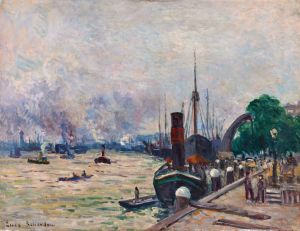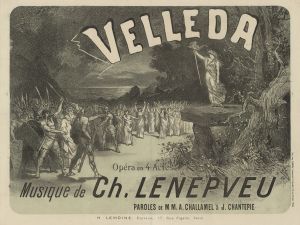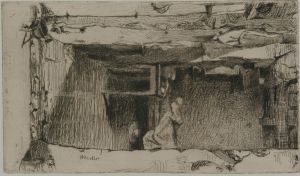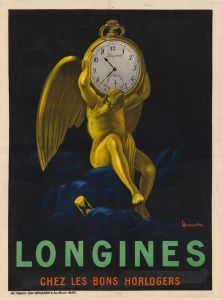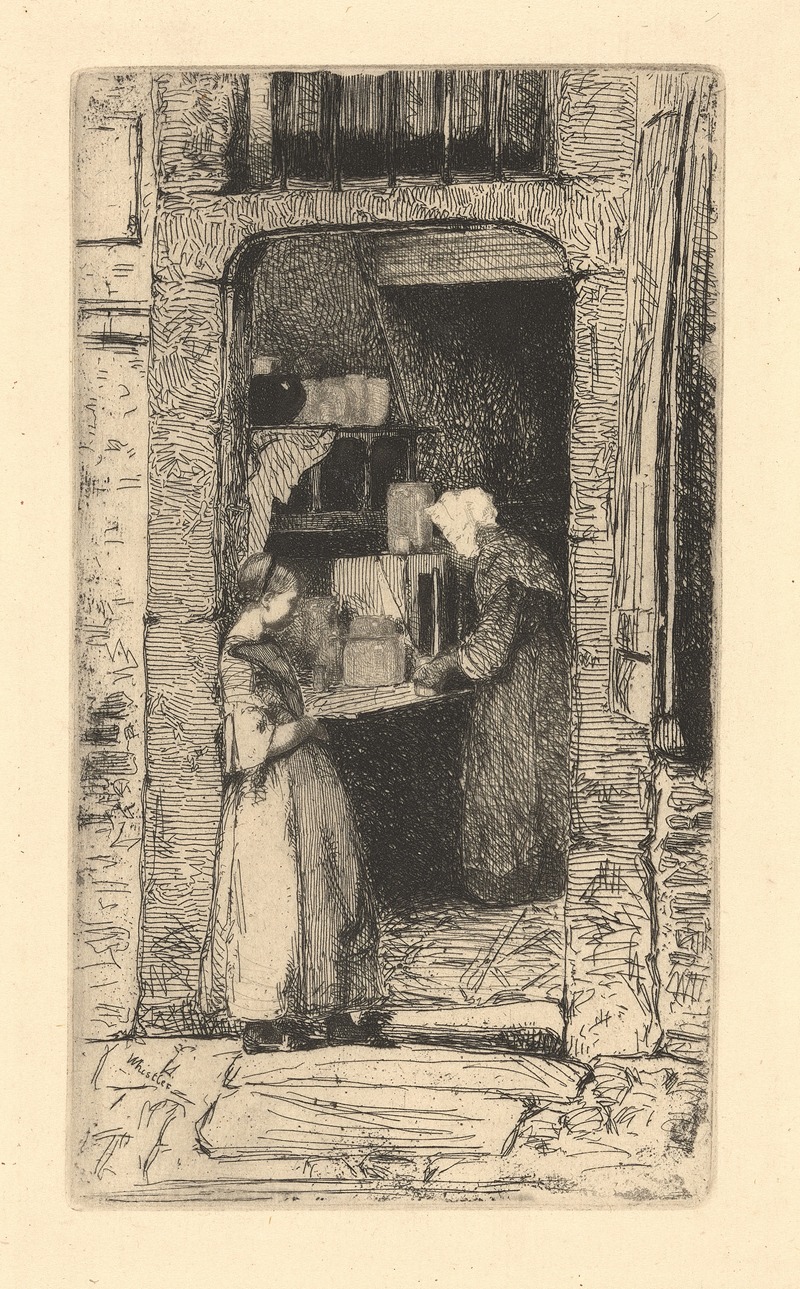
La marchande de moutarde
A hand-painted replica of James Abbott McNeill Whistler’s masterpiece La marchande de moutarde, meticulously crafted by professional artists to capture the true essence of the original. Each piece is created with museum-quality canvas and rare mineral pigments, carefully painted by experienced artists with delicate brushstrokes and rich, layered colors to perfectly recreate the texture of the original artwork. Unlike machine-printed reproductions, this hand-painted version brings the painting to life, infused with the artist’s emotions and skill in every stroke. Whether for personal collection or home decoration, it instantly elevates the artistic atmosphere of any space.
James Abbott McNeill Whistler, an American artist active during the late 19th century, is renowned for his contributions to the Aesthetic Movement and his distinctive style that emphasized harmony and simplicity. One of his lesser-known works is "La marchande de moutarde," which translates to "The Mustard Seller."
"La marchande de moutarde" is a painting that exemplifies Whistler's skill in capturing everyday scenes with a sense of elegance and subtlety. The painting depicts a mustard seller, a common figure in the bustling marketplaces of the time. Whistler's approach to this subject is marked by his characteristic use of muted tones and delicate brushwork, which lend the scene a sense of quiet dignity.
Whistler's technique in "La marchande de moutarde" reflects his broader artistic philosophy, which was influenced by his belief in "art for art's sake." This philosophy emphasized the importance of beauty and aesthetic experience over narrative content or moral messages. In this painting, Whistler's focus is on the visual harmony of the composition rather than on telling a specific story about the mustard seller.
The painting is notable for its composition and use of color. Whistler employs a limited palette, with soft, harmonious colors that create a cohesive and pleasing visual effect. The mustard seller is depicted with a sense of realism, yet there is also an element of abstraction in the way Whistler simplifies forms and focuses on the overall aesthetic quality of the image.
"La marchande de moutarde" also demonstrates Whistler's interest in the lives of ordinary people and his ability to find beauty in the mundane. This focus on everyday subjects was somewhat unconventional at the time, as many artists of the period were more concerned with grand historical or mythological themes. Whistler's choice to depict a humble mustard seller highlights his unique perspective and his commitment to capturing the beauty of the world around him.
The painting is part of Whistler's broader body of work, which includes portraits, landscapes, and scenes of urban life. Whistler's influence on the art world was significant, and his works continue to be celebrated for their innovative approach and their contribution to the development of modern art.
"La marchande de moutarde" is an excellent example of Whistler's ability to blend realism with aestheticism, creating works that are both visually appealing and thought-provoking. The painting remains a testament to Whistler's skill as an artist and his dedication to his artistic principles.
In summary, "La marchande de moutarde" by James Abbott McNeill Whistler is a painting that captures the essence of the Aesthetic Movement through its focus on beauty and harmony. The work reflects Whistler's unique approach to art, his interest in everyday subjects, and his ability to create visually stunning compositions.






